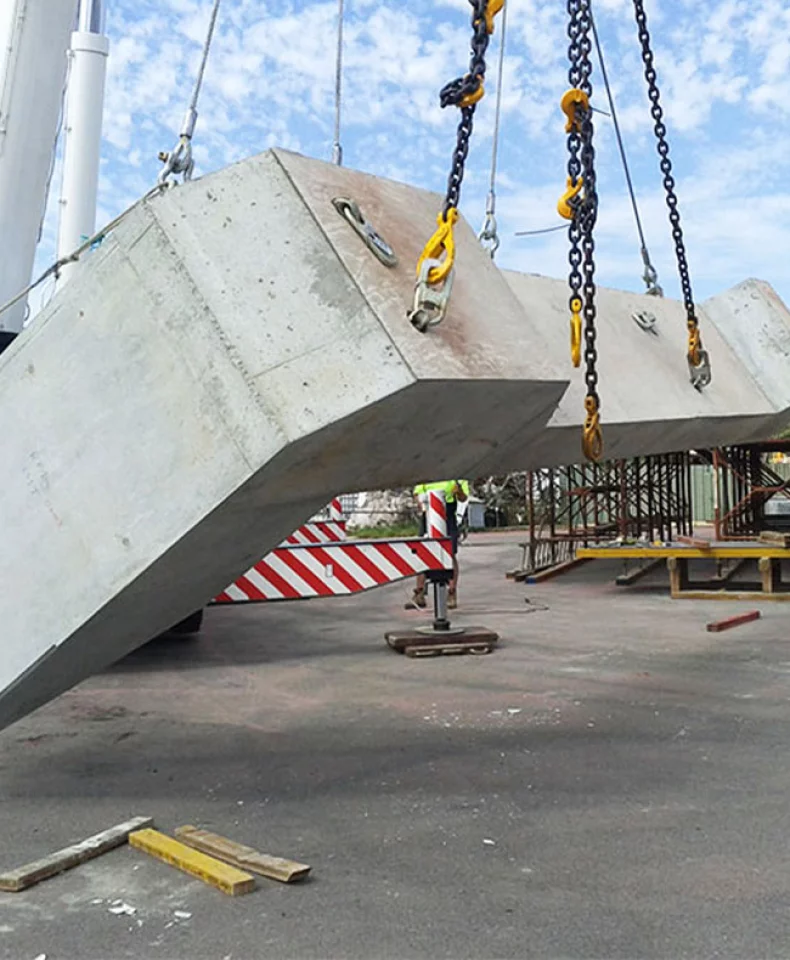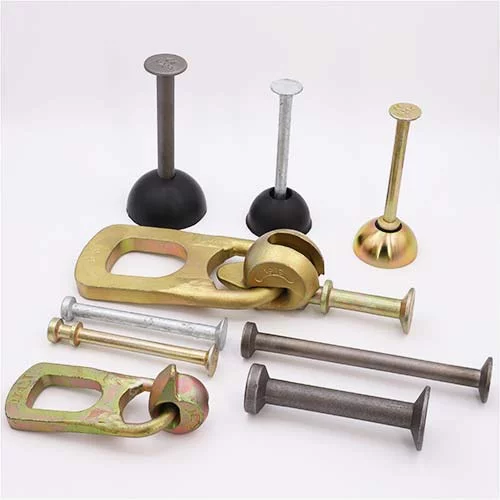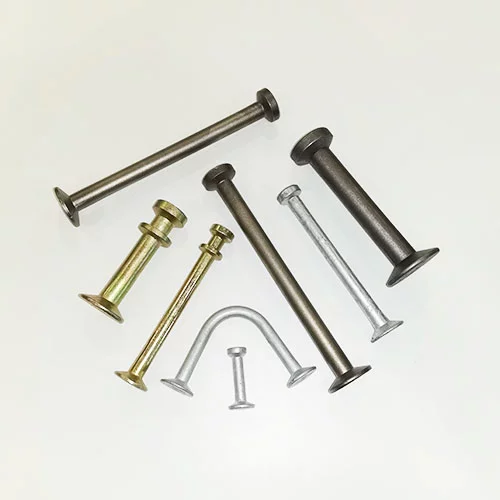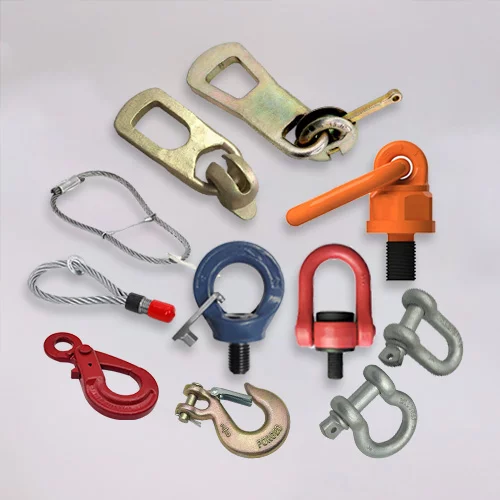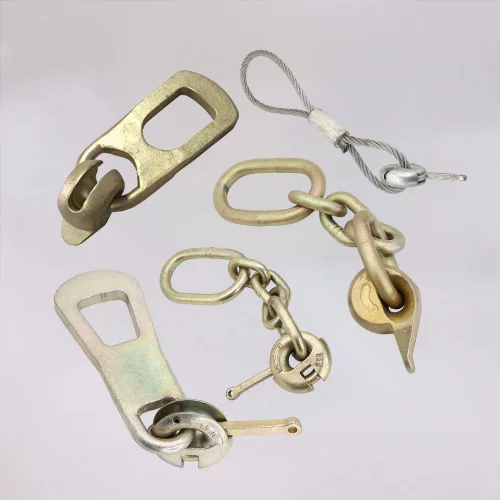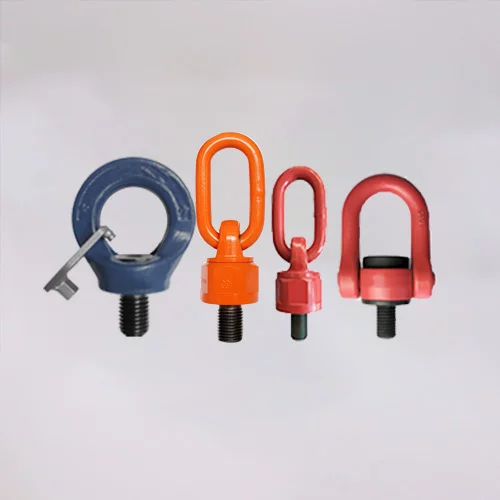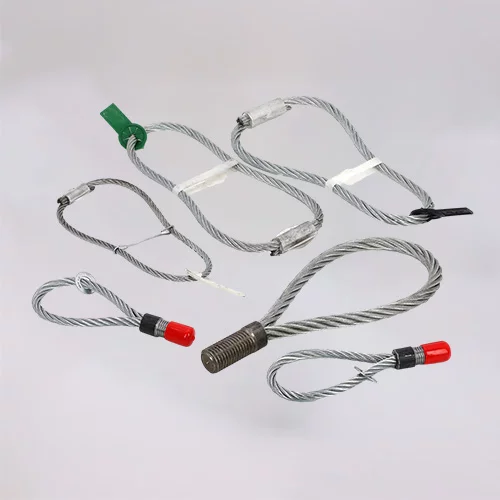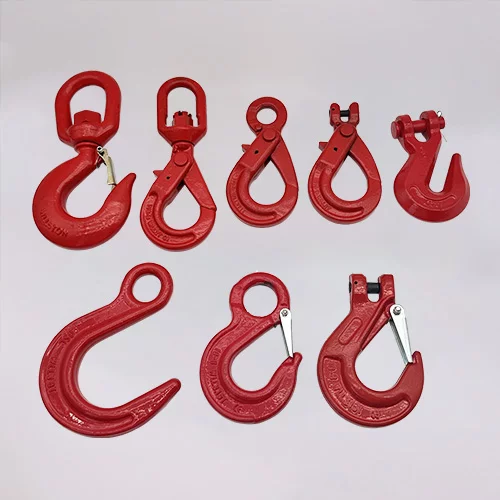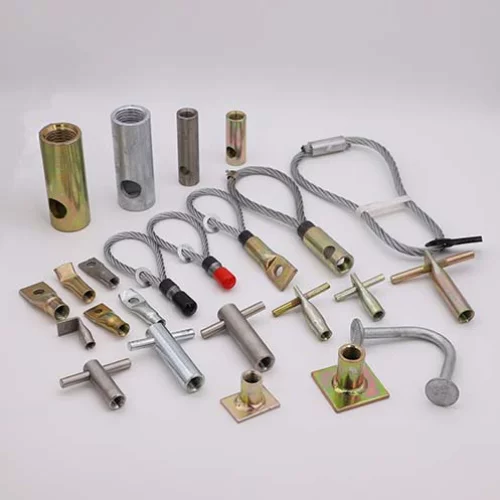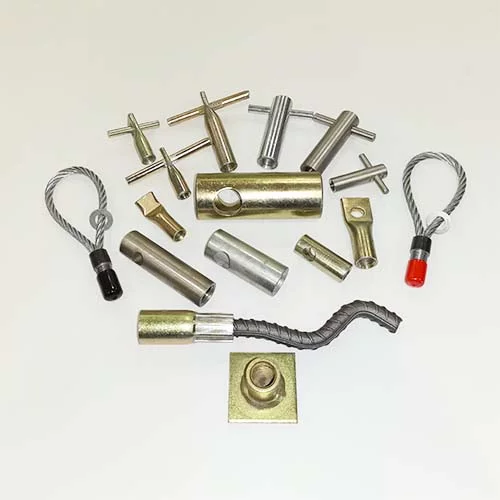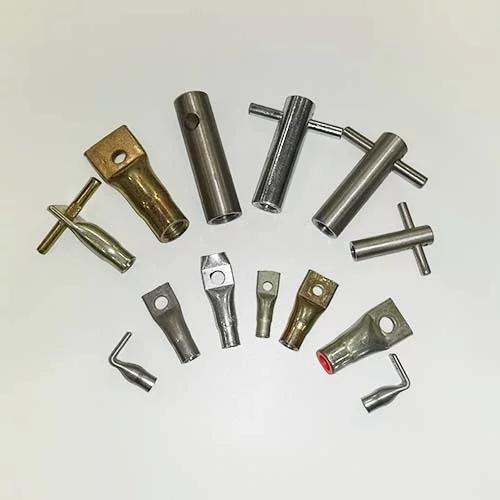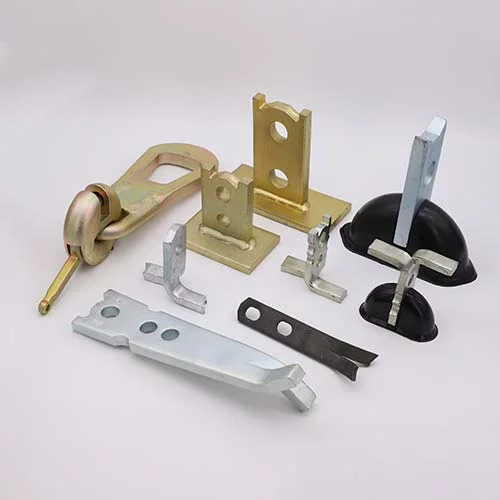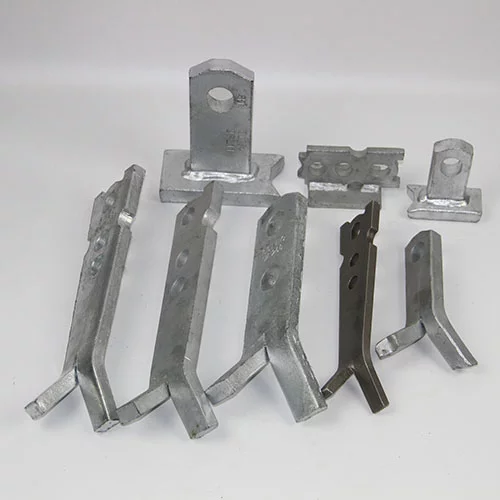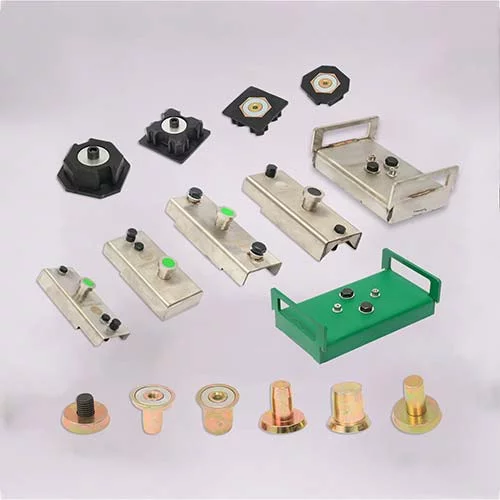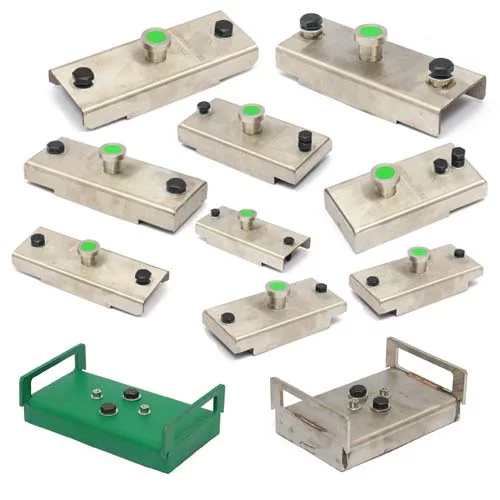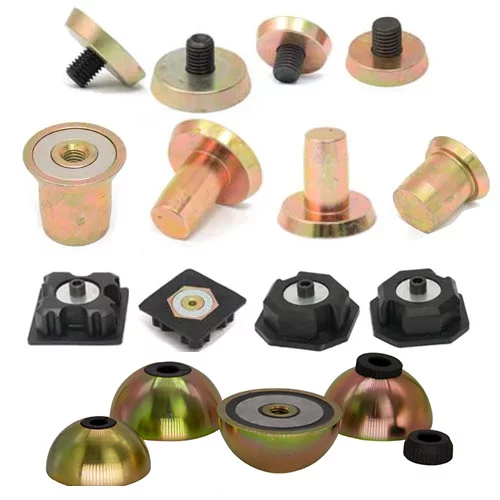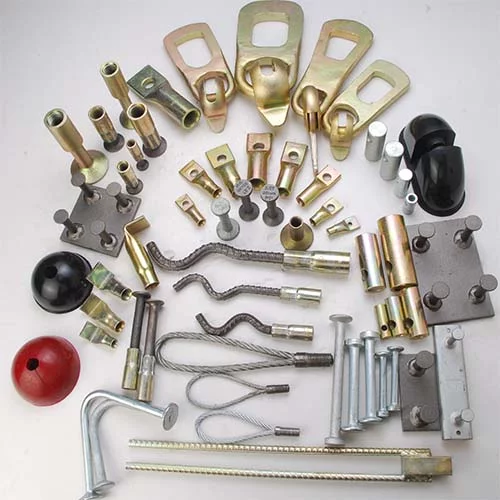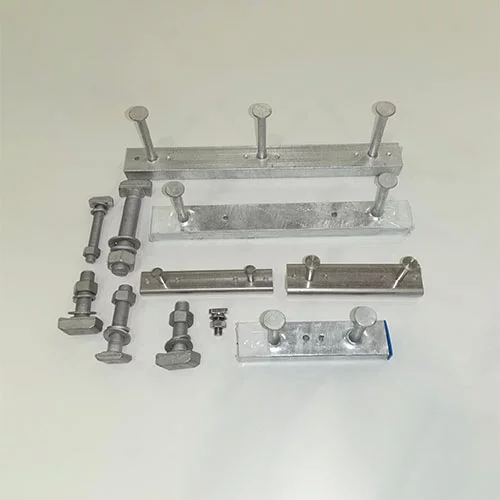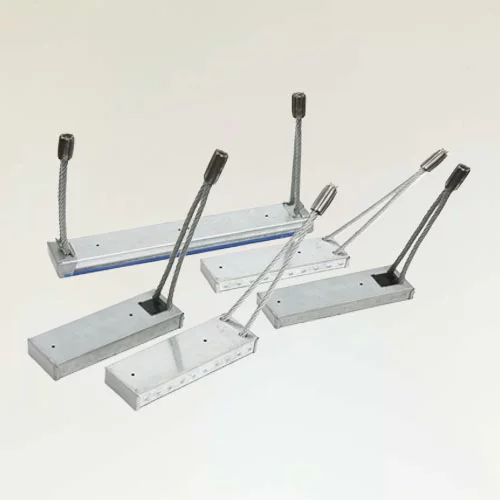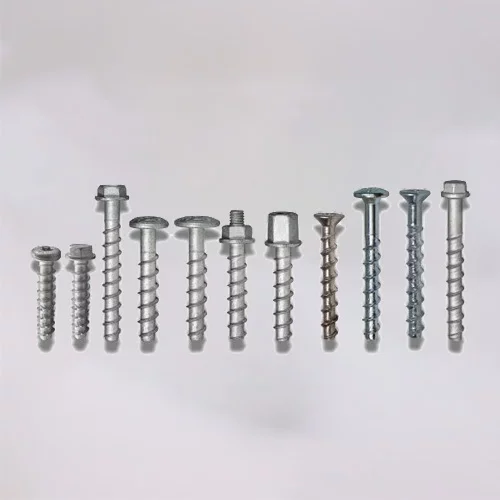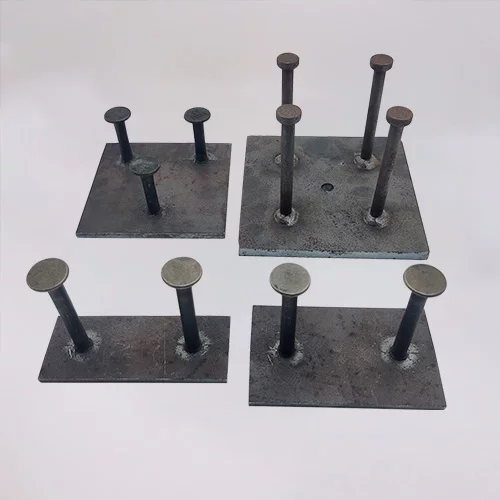Lifting Ring Clutch Maintenance: Ensuring Safety and Reliability
Article Guidance:
1.Importance of Lifting Ring Clutch Maintenance
2.Lifting Ring Clutch Inspection

Lifting ring clutches are essential components in various industrial and construction applications, serving as critical links between the load and the lifting equipment. These components are designed to endure substantial loads and provide a safe means of hoisting heavy materials. To maintain the safety and reliability of lifting ring clutches, it is crucial to implement a comprehensive maintenance program. This article will guide you through the essential steps and best practices for lifting ring clutch maintenance.
1.Importance of Lifting Ring Clutch Maintenance
Proper maintenance of lifting ring clutches is of paramount importance for several reasons:
1.1.Safety: Lifting operations involving heavy loads can be hazardous. Ensuring the integrity of the lifting ring clutch reduces the risk of accidents, equipment damage, and injury to personnel.
1.2.Reliability: Regular maintenance extends the service life of lifting ring clutches, minimizing downtime and replacement costs. This, in turn, improves the overall efficiency of operations.
1.3.Compliance: In many industries, adherence to regulatory standards and guidelines is mandatory. Regular maintenance is often a requirement to meet these standards and avoid legal repercussions.
2.Lifting Ring Clutch Inspection
The first step in any maintenance program is a thorough inspection of the lifting ring clutch. Inspections should be conducted at regular intervals and before each use. During the inspection, consider the following aspects:
2.1.Visual Inspection:
2.1.1.Exterior Condition: Examine the lifting ring clutch for any visible damage, such as cracks, dents, or corrosion. Pay special attention to the load-bearing surfaces.
2.1.2.Lifting Attachment: Ensure that the attachment points are free from deformities or wear. Any damage to these areas can compromise the clutch's strength.
2.1.3.Markings: Check if the clutch is appropriately marked with manufacturer details, load capacity, and other relevant information. Faded or illegible markings should be addressed.
2.2.Functional Inspection:
2.2.1.Swivel Function: Verify that the swivel function, if applicable, is smooth and unhindered. A poorly functioning swivel can lead to twisting of the load during lifting.
2.2.2.Threaded Components: Inspect any threaded components for wear, damage, or signs of deformation. Ensure that nuts and bolts are tightened to the manufacturer's specifications.
2.2.3.Operational Test: If possible, perform a load test to ensure that the clutch can withstand the anticipated loads without deformation or failure.
3.Cleaning and Lubrication
Maintaining clean and well-lubricated lifting ring clutches is essential for their longevity and optimal performance. Follow these guidelines for cleaning and lubrication:
3.1.Cleaning: Use a non-corrosive cleaning agent and a soft brush to remove dirt, debris, and rust from the clutch's surface. Be thorough but gentle to avoid causing any additional damage.
3.2.Lubrication: Apply an appropriate lubricant to moving parts and threaded components to reduce friction and wear. Make sure to use a lubricant that is compatible with the clutch's material.
3.3.Excess Lubricant Removal: After lubrication, wipe away any excess lubricant to prevent attracting dirt and contaminants.
4.Storage
Proper storage is crucial to prevent damage and maintain the integrity of lifting ring clutches during periods of inactivity. Here are some key storage considerations:
4.1.Indoor Storage: Whenever possible, store lifting ring clutches indoors to protect them from adverse weather conditions, such as rain and extreme temperatures.
4.2.Dry Environment: Ensure that the storage area is dry to prevent corrosion. Moisture can lead to rust and weakening of the clutch's material.
4.3.Separate Storage: If storing multiple clutches, keep them separate to prevent contact and potential damage from abrasion or impact.
4.4.Suspension Storage: If you have the means, suspend the clutches off the ground or any hard surfaces to prevent deformation and damage.
5.Documentation
Maintaining accurate records of lifting ring clutch maintenance is essential for tracking the component's history and compliance with regulations. Create a maintenance log that includes the following information:
5.1.Date: Document the date of each inspection and maintenance activity.
5.2.Inspection Findings: Record any issues discovered during inspections and the actions taken to address them.
5.3.Repairs and Replacements: Note any repairs or component replacements and provide details on the procedures performed.
5.4.Load Tests: If load tests are conducted, record the test parameters and results.
5.5.Lubrication Records: Keep a record of lubrication schedules and the types of lubricants used.
5.6.Storage Information: Document where and how the clutches are stored.
5.7.Compliance Records: Include any relevant regulatory compliance documentation or certificates.
6.Training and Competency
Ensure that personnel responsible for lifting ring clutch maintenance are adequately trained and competent in their roles. This includes:
6.1.Training Programs: Establish training programs that cover inspection procedures, maintenance tasks, and safety protocols.
6.2.Certification: Consider certifying personnel who demonstrate the necessary skills and knowledge for lifting ring clutch maintenance.
6.3.Periodic Refreshers: Schedule periodic refresher courses to keep maintenance personnel updated on best practices and changes in regulations.
7.Replacement and Retirement
No lifting ring clutch lasts forever. It is crucial to establish criteria for when a clutch should be retired and replaced. Factors to consider include:
7.1.Load Limits: If a clutch consistently operates at or near its load limit, it may be prudent to retire it earlier to prevent any potential failures.
7.2.Visible Damage: Clutches with visible damage or deformities that cannot be adequately repaired should be taken out of service.
7.3.Exceeding Service Life: Clutches have a finite service life, typically determined by the manufacturer. Replace clutches that have exceeded this limit.
7.4.Regulatory Compliance: Ensure that clutches meet the latest regulatory standards. If they do not, they should be replaced or upgraded to comply.
Lifting ring clutches play a critical role in ensuring the safe and efficient handling of heavy loads in various industries. Implementing a comprehensive maintenance program is essential to safeguard the integrity of these components, prevent accidents, and prolong their service life. Regular inspections, cleaning, lubrication, storage, documentation, training, and proper retirement procedures are all crucial elements of effective lifting ring clutch maintenance. By following these best practices, you can ensure the safety and reliability of your lifting operations.
Article Navigation
PRECAST CONCRETE ACCESSORIES
OTHER RELATED ARTICLE
Other Precast Concrete Accessories You Might Want to Know
You can click to learn more about HULK Metal precast concrete accessories such as lifting anchors, precast sockets, spread anchors, shuttering magnets, cast-in channels, wire loop boxes, and other precast concrete accessories you might want to know.
